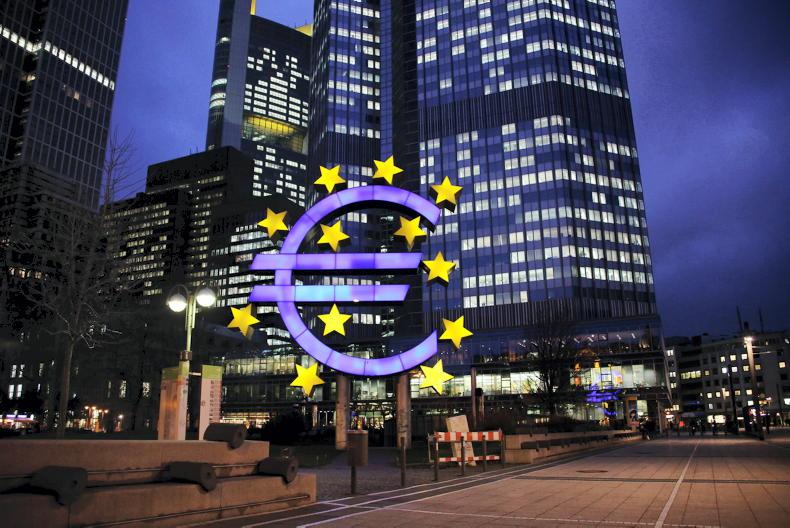At this stage, everyone voting on the Kerry proposal on Monday 16 December should be aware of how important the price of Kerry shares will be for the final reckoning of the amount of debt which will have to be taken on as part of the purchase.
Basically, every €1 move in the price of Kerry Group shares will either increase or decrease the amount of borrowing needed by €2.9m. That price will be the volume-weighted average price of Kerry shares for the 10 business days before the deal closes.
Presuming that the vote in Killarney favours the deal, then that price should be set in January.
Only then will the final amount of debt to be taken on become clear. Repaying this debt, and the interest on it, will inevitably be a significant cost for Kerry Dairy Ireland.
The good news on that side is that market interest rates have been falling this year, and are expected to fall further this week. On Thursday 12 December, the European Central Bank (ECB) is expected to announce another cut to its benchmark interest rates.
While Kerry Dairy Ireland will not be borrowing directly from the ECB, the change in interest rates at the bank will lead to cheaper borrowing costs for businesses.
Figure 1 shows how the direction of ECB policy rates and market rates closely track each other.
When any business enters into a borrowing arrangement with a bank, the interest rate is almost always set as a floating rate. It will often be described as something like “three-month Euribor plus 100 basis points”.
The “three-month Euribor” is the benchmark and is the interest rate at which banks within the eurozone lend to each other and which is updated every day.
The reference to three months is for the interbank market - it has nothing to do with the length any business loan.
The “plus 100 basis points” is the margin that lenders will make on top of the benchmark rate. In financial circles, each percentage point of interest rate is further broken down into 100 basis points, with each basis point equal to 0.01 percentage point. So, the “plus 100 basis points” is equal to “plus one percentage point”.
Despite being asked several times, the board of Kerry Co-op has not given a clear indication of either the benchmark lending rate for their borrowing, or the bank’s margin. A spokesperson did confirm, however, that the borrowing would be at a floating rate.
If, as outlined in the presentations given to co-op members in recent weeks, the borrowings of the co-op are in the region of €100m, then every 0.25% (25 basis points) cut in rates by the ECB will lead to a saving in interest rate costs of around €250,000 for Kerry Dairy Ireland.
The medium-term outlook for interest rates is also very much in favour of further rate cuts over the next 12 months. Economic growth in the eurozone is sluggish at best, with both the French and German economies suffering from slowdowns.
News agency Reuters recently reported that its survey of economists suggested that the key ECB rate would end 2025 at 1.75%, a full 150 basis points below the level going into this week’s meeting.
If that were to come true, then that could lead to a saving on interest payments for Kerry Dairy Ireland of around €1.5m a year.
